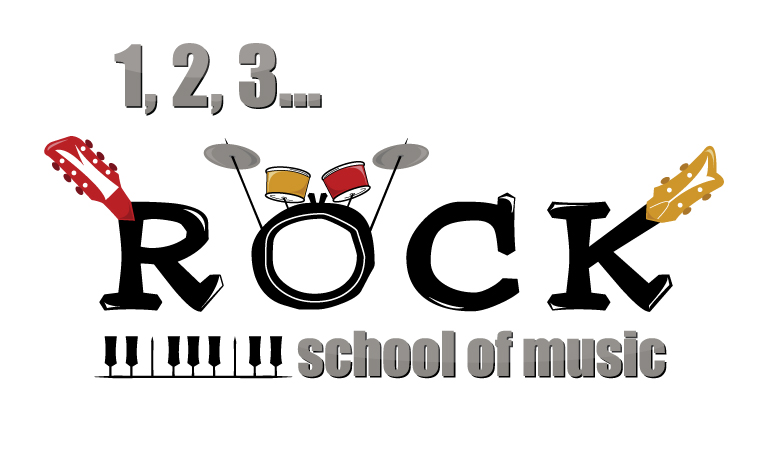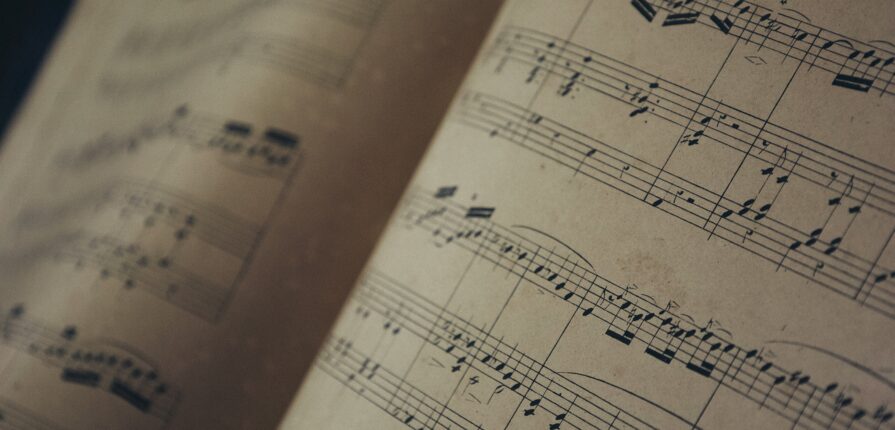No guitar? No piano? No problem.
You don’t need a full studio setup, a fancy keyboard, or even a single string to start writing songs. In fact, some of the world’s greatest music began as a melody hummed into a phone or a beat tapped on a school desk. Whether you’re just starting out or don’t have access to your usual gear, you can still tap into your creativity — no instruments required.
-Wednesday, June 11th
- Start With Your Voice — It’s Your Built-In Instrument
Your voice is the most portable and personal instrument you have. Try humming a melody while you walk, cook, or drive. Clap a rhythm or beatbox a groove that feels good in the moment. Use your phone’s voice memo app to capture those spontaneous ideas — no idea is too small.
Tip: Don’t wait for the “perfect” inspiration. Just start humming, and let it take shape as you go. Often, your best ideas show up when you’re relaxed and experimenting.
- Use Free Songwriting Apps
Today’s smartphones are powerful tools for creativity. There are plenty of free apps that turn your phone into a mini music studio.
Apps like BandLab let you record vocals, add beats, and layer tracks right from your device. HumOn allows you to hum a melody and instantly generate chords. Voloco adds pitch-correction and vocal effects, perfect for experimenting with sound. If rhythm is your thing, try Groove Pad or Rhythmic to tap out beats and loops. And for organizing lyrics and melodies, apps like Notion or Songwriter Pro are super helpful.
These tools are great for capturing inspiration in the moment, whether you’re at home, at the beach, or in your room late at night. No instruments? No problem just press record and create.
You don’t need to know music theory — just feel your way through.
Some of the best songs are born from instinct and emotion, not rules. If you can feel the rhythm and hear the melody in your head, you’re already on your way. Songwriting doesn’t have to start with chords or sheet music — you can build your song your way, step by step.
- Lyrics First? Melody First? Your Choice.
There’s no right or wrong way to start a song. Some people begin with lyrics, others with a melody — and many go back and forth.
If you’re going lyrics first, try writing a poem, journaling a personal story, or simply making a list of emotions or phrases that stand out. Look for rhymes or repetition. Then, read it out loud — chances are, you’ll start to hear natural rhythm and even hints of melody.
If you prefer melody first, sing made-up tunes using nonsense syllables. Let the music flow freely, without worrying about meaning at first. Once you find something catchy, shape the words around the tune. Often, the emotion in the melody will lead the way to the right lyrics.
- Use Rhythm Around You
Rhythm is everywhere — and you don’t need drums to find it. Clap your hands. Snap your fingers. Tap your chest or a table. Even tapping your foot can lay the foundation for a groove.
When harmony and melody aren’t available, rhythm can still drive your creativity forward. Use body percussion or household objects to explore patterns, accents, and energy. It’s a great way to build a foundation for your song, or even to write a full piece around a beat.
Try This:
Get playful with rhythm and layering. Tap out a simple beat and loop it using your phone, then sing freely over it. You can also use a metronome app to set a consistent tempo and guide your ideas. Try recording a voice percussion loop — claps, snaps, or beatboxing — and build your melody or lyrics on top of it. These simple tools can help you create a complete musical idea without any instruments.
- Trust Your Musical Intuition
Humans have been making music since before instruments existed. Your brain already understands tone, rhythm, and pattern — it’s built-in. If something feels good, flows naturally, or sticks in your head, it’s working.
You don’t need a music degree, a band, or fancy gear to create. You just need the courage to start. Your intuition is one of your most powerful tools — follow it.
Pro Tip: Turn Limitations Into Power
Ironically, having fewer tools often leads to more creative results. When you’re not locked into standard chords or specific techniques, you start to explore what feels good, not just what’s technically correct. Some of the most original songs come from unexpected, improvised moments — like tapping on a lunchbox or humming into a phone.
Bonus: What to Do Next
-Record a rough demo using your voice and phone
-Use an app to add simple chords or rhythm
-Share it with a friend, teacher, or producer to get feedback and keep building


